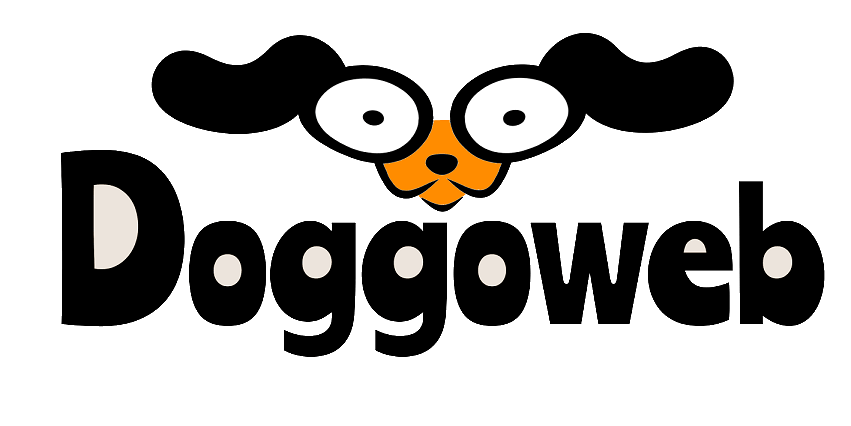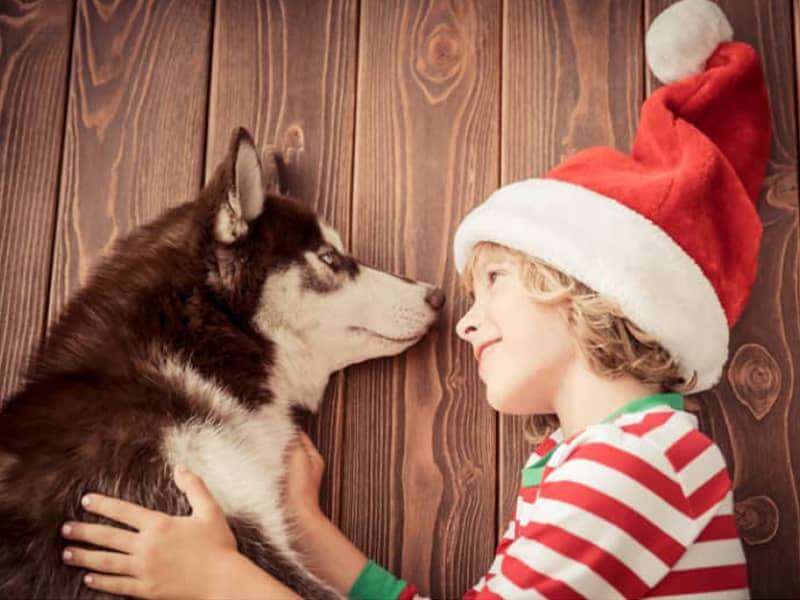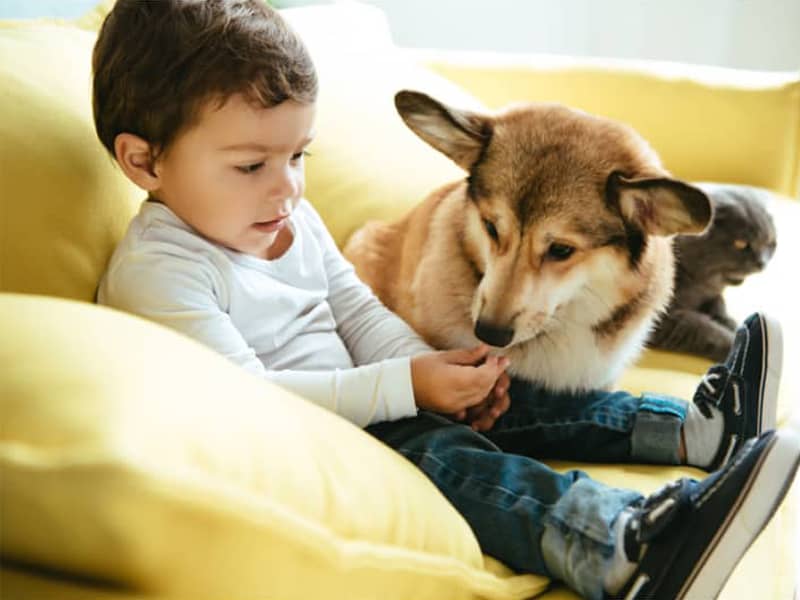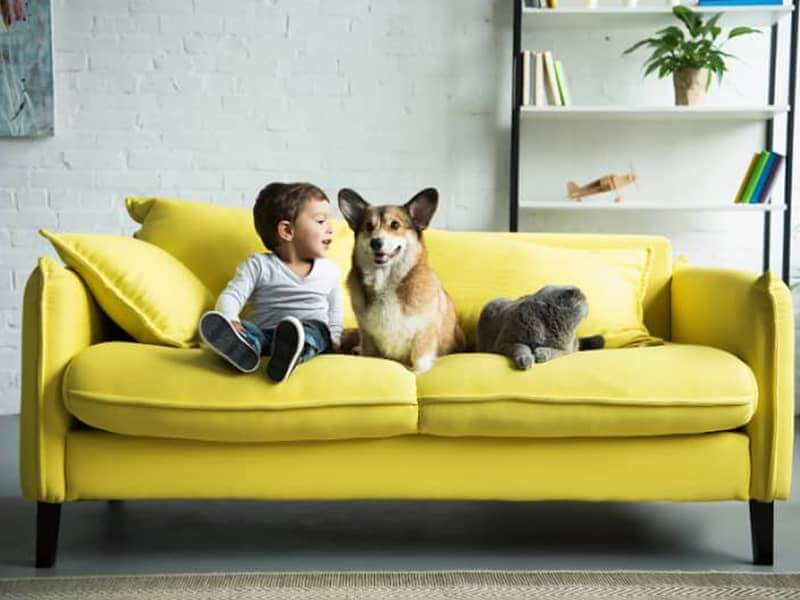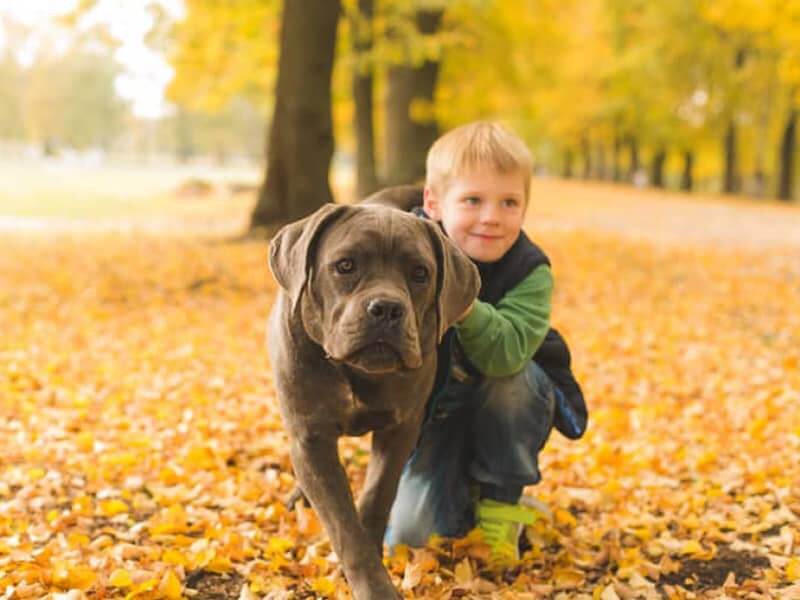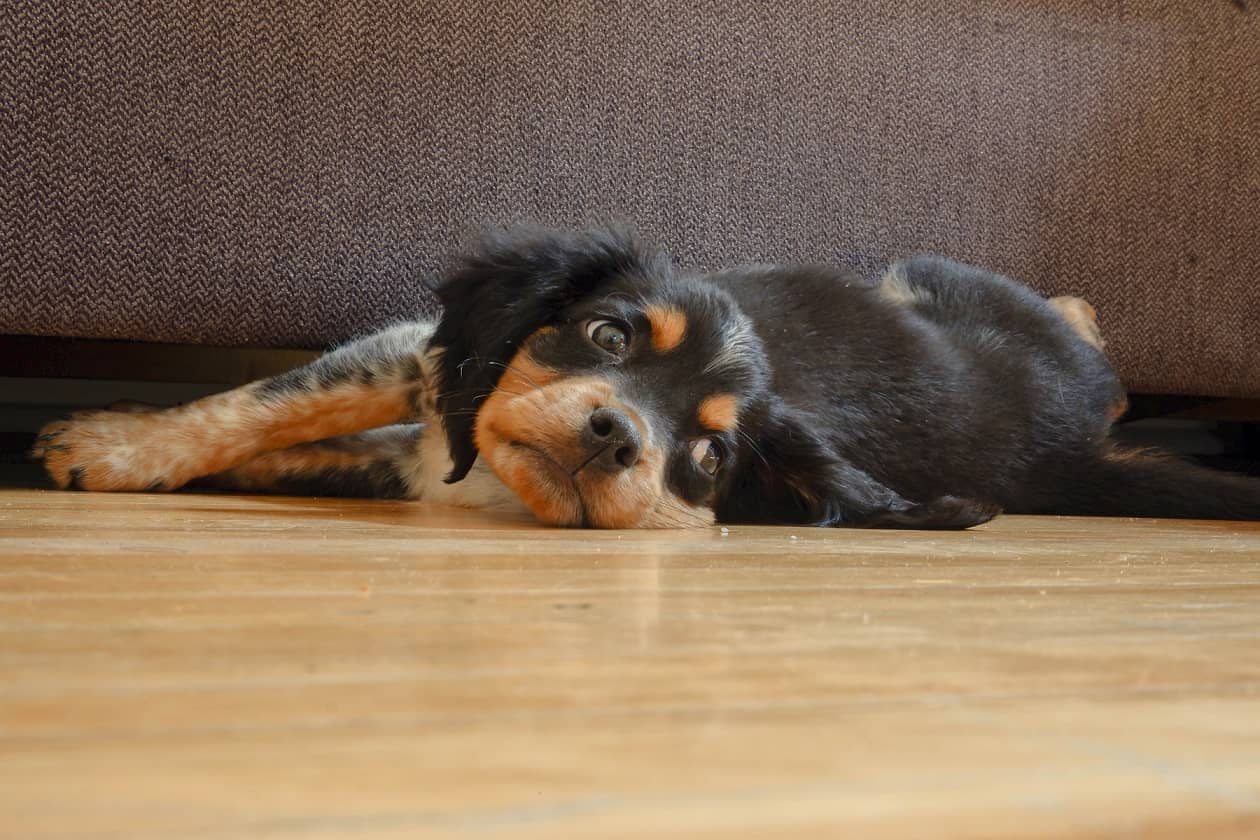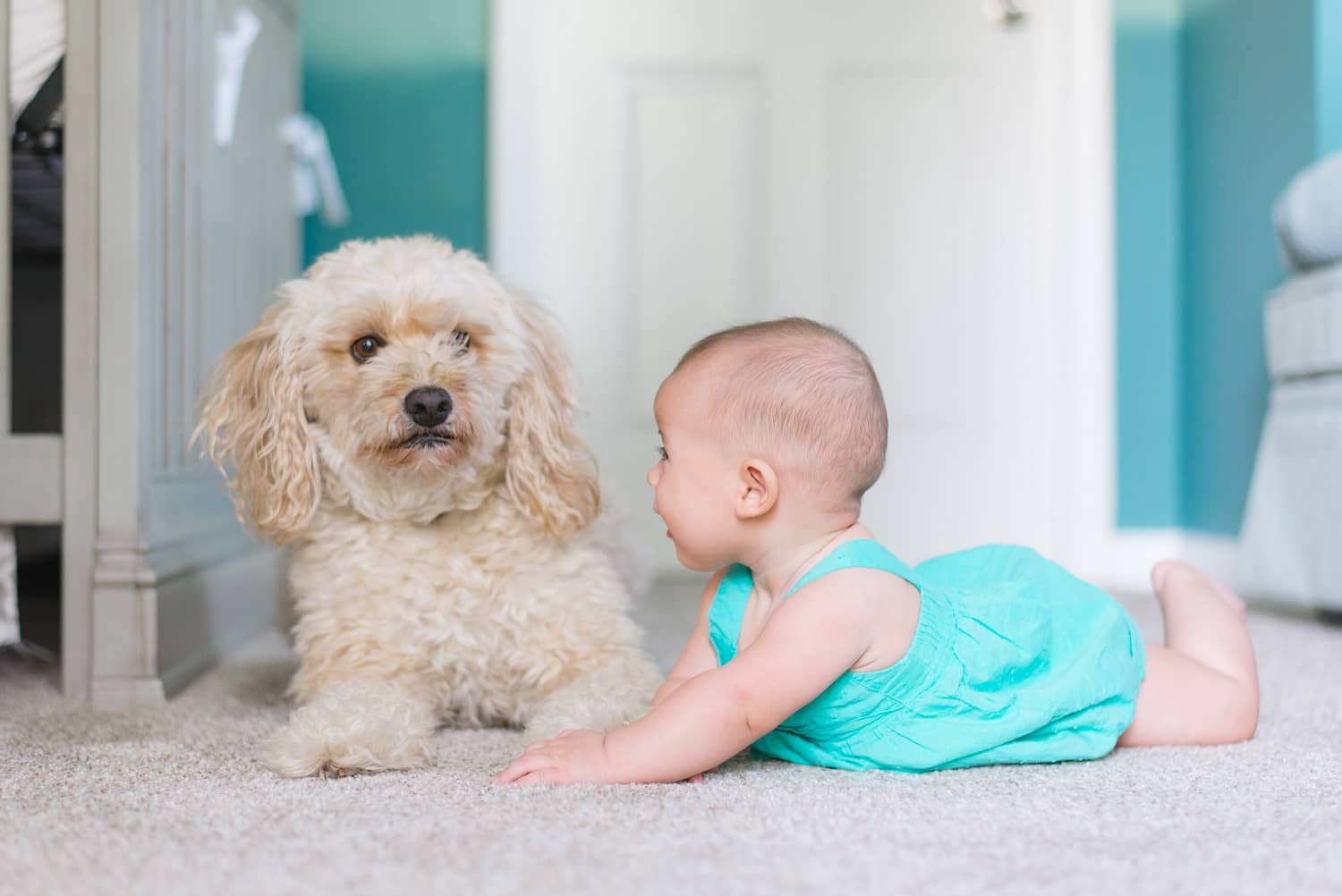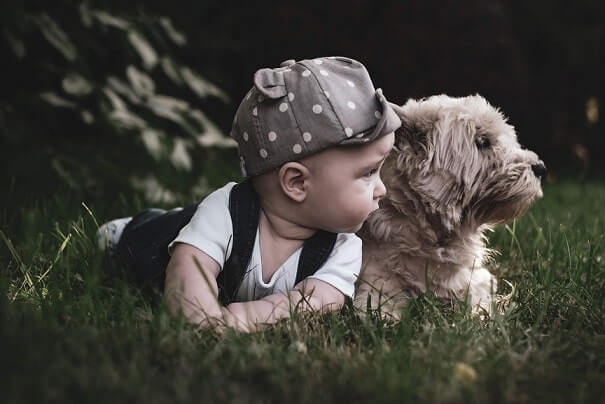Kids And Dogs Safe Relationship. They are often called this when discussing the entertainment industry. Nobody wants to perform with them onstage. Kids and dogs can form a strong bond if they learn how to get along together. Too often, young kids play too rough with their dogs because of their high energy, which results in the dog retaliating. The dog will then growl at the child or even snap at him as he instinctively protects himself. If it were another dog instead of a child, the dog would know exactly what the message is. But in most cases, the child will not get it and will continue to badger the dog.
Kids And Dogs Safe Relationship: Although dogs are not naturally inclined to hurt or injure children, they may do so due to their animal instinctual behavior. Dogs are very fond of children provided that the child has been brought up correctly around them.
Older dogs may be more likely to react negatively to things happening around them. Just as with some humans, aging affects dogs too. It’s critical to correct aggressive behavior in your dog around children or anybody else right away. By punishing them immediately, they will learn to associate their bad actions with negative repercussions.
Here are ways to create kids and dogs safe relationship:
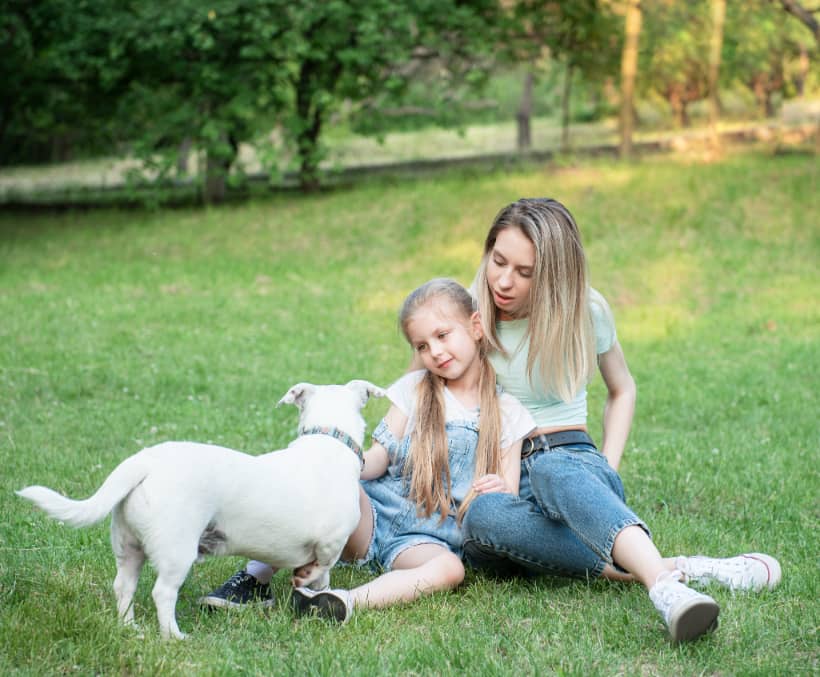
- Help the child learn how to be kind and gentle when interacting with dogs. If the child is polite with the dog, the dog will appreciate his company.
- Help the child learn how to touch the dog in a gentle way. Help the child understand the importance of gentle touch by being there with him. Explain to the child that when they hit the dog, it makes him feel scared or angry, and he might bite or attack in response.
- Children should not bother sleeping dogs. The dog might be startled by this and react unpredictably. If the dog does not want to be disturbed by the youngster, assist the dog in fleeing to a secure location. Keep an eye on the child so they don't run off after the dog.
- When the youngster is there, speak sweetly to the dog and educate the child to do the same. You may want to praise the dog for being gentle with the child.
- Don't leave the child unsupervised around the dog. The dog may react in an unexpected way even if you trust him, as you cannot predict what the child will do and how they will behave. Stay alert when they are playing together. It is possible that your child will become so enthusiastic and playful that he or she might pull the dog's tail or shake it excessively. You should occasionally protect the dog from the child.
